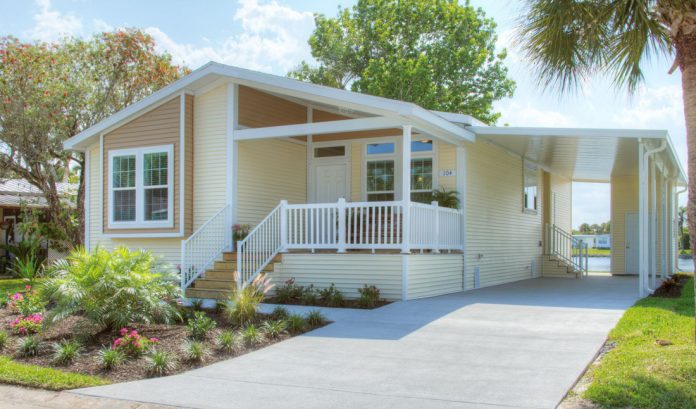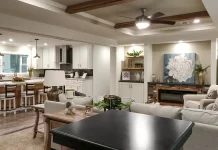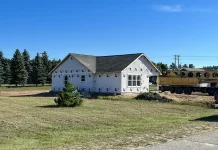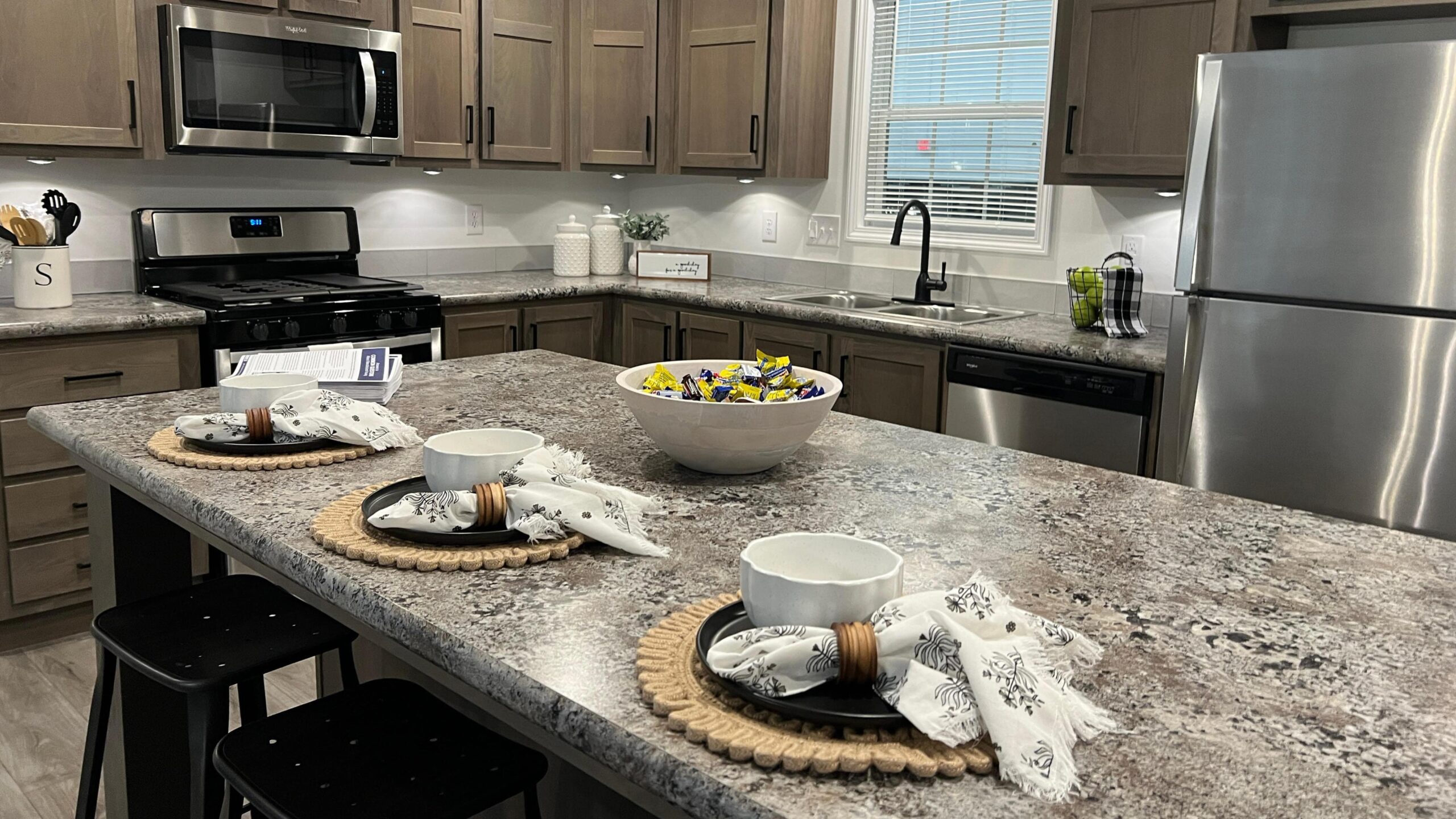Mobile homes, manufactured homes, and modular homes are three modern housing options. They offer a distinct set of advantages over traditional homes, also known as “site-built” or “stick-built”. Though the three housing types are different from one another, they do share some commonalities.
The primary one is that mobile, modular, and manufactured homes are built in a factory and then transferred to their permanent site via ground transportation, which is why they are often referred to as “factory-built” or “prefabricated” homes.
Let’s cover a few of the other key similarities and differences between these three unique housing types. This will help you determine whether one of these home types is a good fit for you.
Mobile Homes: Built Before 1976, Towed When Transported
- This technically only refers to transportable homes built before June 15, 1976.
- Unlike modular homes, mobile homes are built with a chassis and wheels.
- They are built in a single piece in a factory and transported as a single unit.
Manufactured homes, mobile homes, and modular homes may all fall under the umbrella of the term “mobile home” because they are mobile, leaving the factory to their final destination. Technically, however, this is inaccurate. A home can only be considered “mobile”, at least by the standards of the U.S. Department of Housing and Urban Development (HUD), if it was built before June 15, 1976. This is when HUD passed a set of building standards governing manufactured homes.
The other big component that makes mobile homes different is the way they’re built and transported. Mobile and manufactured homes differ from modular homes because they are built on a chassis and wheels. This allows them to be towed behind a vehicle for transport to their final destination. It is one reason why they are sometimes referred to as “trailer homes”. On the other hand, modular homes are hauled on the beds of trucks rather than their own chassis.

Manufactured Homes: The Modern Term for ‘Mobile Home’
- Built after June 15, 1976, according to HUD standards on design and quality.
- Built with a chassis and wheels so they can be towed to their permanent site.
- According to HUD, must be at least 8 feet wide by 40 feet long, or 320 total square feet.
- Built in a single piece in a factory and transported as a single unit.
For the industry and the general public, it’s common to interchange the terms “mobile home” and “manufactured home”. Technically, though, manufactured homes must have been built after June 15, 1976, and must meet a set of rigorous safety standards set forth by HUD. Indeed, today’s manufactured homes are much more durable, safe, strong, and eco-friendly than their pre-1976 predecessors, thanks to these regulations and subsequent HUD code updates.
Some of the guidelines that manufactured home builders must follow include the height of the rooms and ceilings — manufactured homes must have ceilings at least seven feet high — as well as the size of certain rooms, including single- and double-person bedrooms. Additionally, HUD guidelines cover certain safety requirements, such as having a fire alarm in certain rooms and using fire-retardant materials, as well as standards regarding plumbing and electricity.
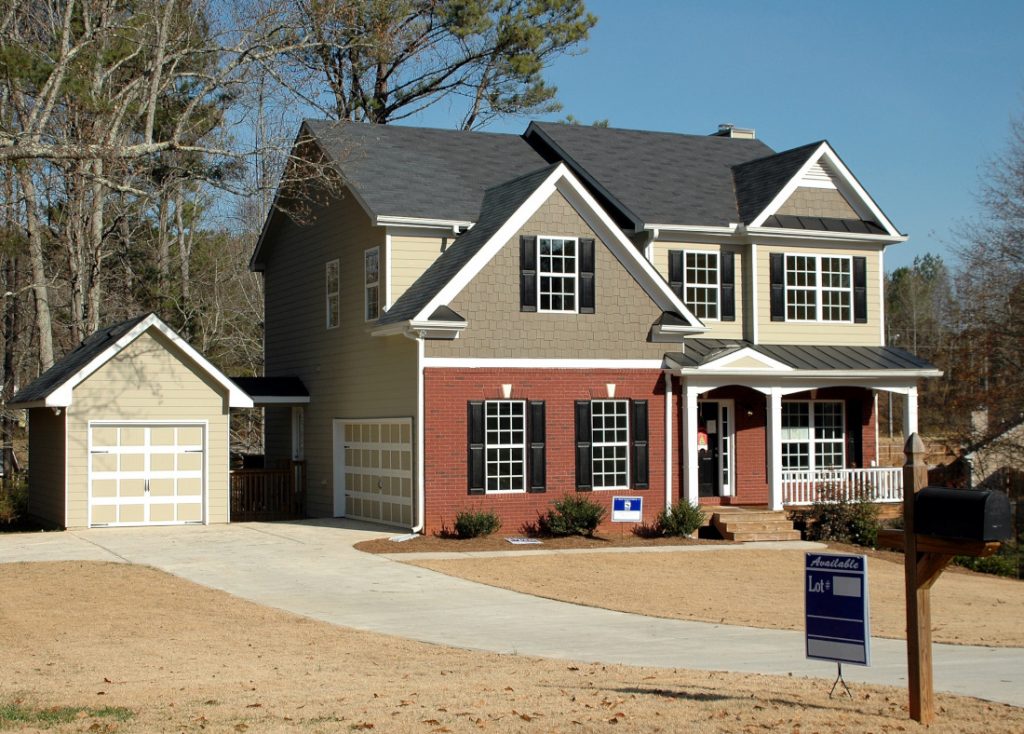
Modular Homes
- Built in multiple pieces in a factory and transported in multiple shipments to the final home site.
- Built to the standards of the local and regional housing codes of its final destination.
- Transported on truck beds rather than towed on designated chassis and wheels.
The modular home is yet another type of home that falls under the prefabricated umbrella. However, it differs from the mobile or manufactured home because it is generally built in multiple pieces and may be transported to the home site in multiple shipments. As its name suggests, modular homes involve several modules that are then put together to form the home design.
Because they are put together on-site, modular homes conform to all state, local, and regional building codes according to their final destination site. The multiple components and handling of building codes make modular homes a bit more flexible in terms of size and design than manufactured homes.
Read more about modular homes here.
Which Is Best for You?
As you can see, your search for the right factory-built home really comes down to two main options: manufactured and modular homes. Regardless of which style you prefer, you can count on a home that’s affordable, flexible, and customizable to your liking when you opt to go the factory-built route. MHVillage is always here to assist you in your hunt for the ideal dwelling.


